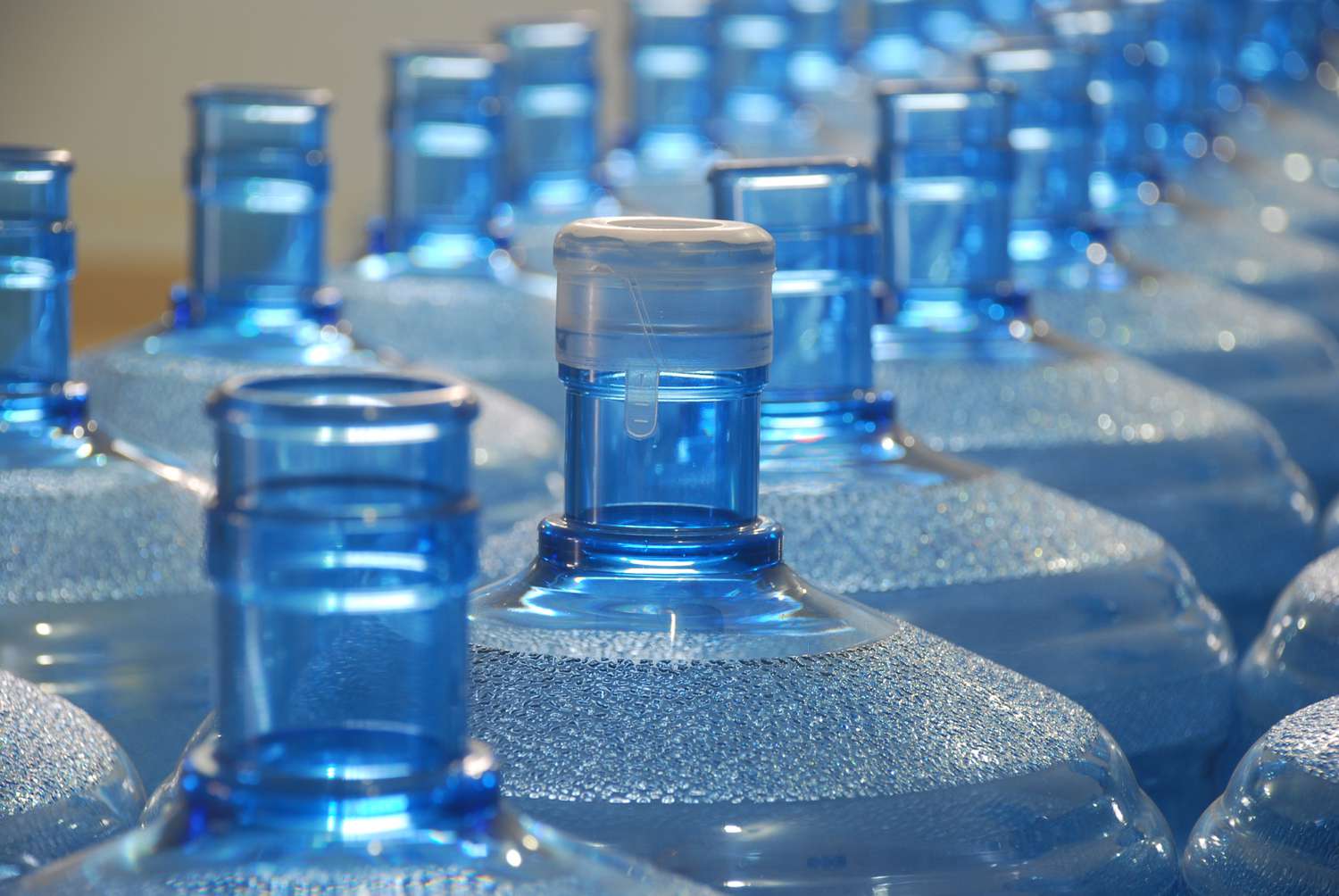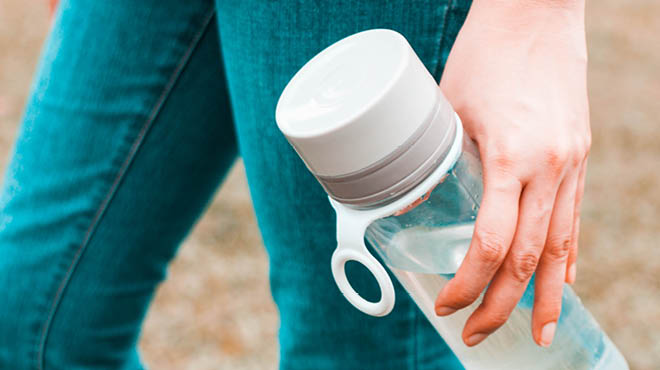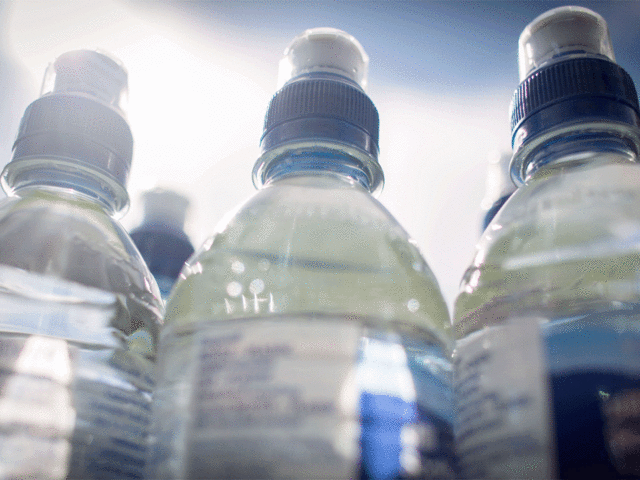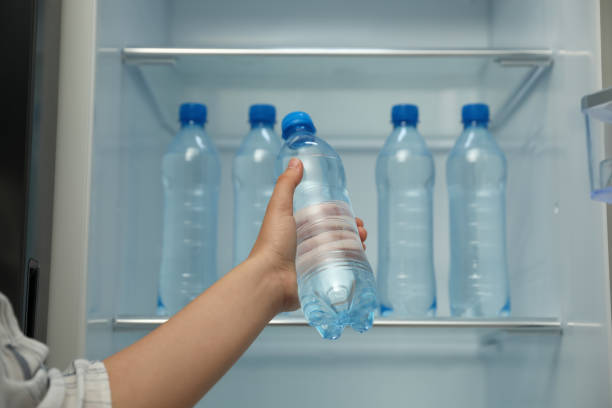Storing water, especially tap water, is something that most of us do without thinking, whether it’s for emergency or simply for convenience. But have you ever wondered how long can you store tap water? This seemingly simple question has more to it than meets the eye.
You can store tap water for 6 months, provided that you use clean, food-grade containers kept in a cool, dark place. Factors like container material, water quality, and environmental conditions may affect this duration.
Let’s learn the essential steps to storing water for long-term use. This comprehensive guide also includes practical tips, creative solutions, and the science behind keeping your tap water safe.
The Importance of Proper Tap Water Storage
Water is essential for life, and having a reliable supply is crucial for both emergency situations and daily use. Understanding the importance of proper water storage involves examining both emergency preparedness and common daily applications.

Emergency Preparedness and Water Storage
Storing tap water for emergencies is more than just a precaution; it’s a necessity. In the event of a natural disaster or disruption to the water supply, having stored water can be a life-saving resource.
Families are often advised to keep at least a three-day supply of water on hand, which amounts to one gallon per person per day for drinking and sanitation. Having stored water in these situations provides a cushion and peace of mind until the regular supply is restored.
This advice is particularly crucial for individuals who may find themselves without stable housing, as those experiencing homelessness face additional challenges in accessing clean water during crises. Ensuring that emergency shelters and community support systems have adequate water supplies is key to supporting these vulnerable populations.
Regular drills and knowledge of water storage procedures are essential in emergency preparedness. Understanding the right way to store water ensures its quality and usability when needed. Proper storage methods, container selection, and sanitation can make all the difference in a crisis.
Everyday Uses of Stored Water
Stored tap water is not only for emergencies; it’s a part of our daily lives. Many people keep bottled water on hand for convenience, for use in cooking, for car water storage or for guests.
For gardeners and plant enthusiasts, stored water can be a valuable asset. Rainwater or dechlorinated tap water may be stored for watering plants, as some plants are sensitive to the chemicals commonly found in tap water. Properly stored water can help nourish your green friends, promoting growth and vitality.
Even in recreation, stored water plays a role. Campers, hikers, and outdoor enthusiasts often rely on stored water for hydration during their adventures. Knowing how to properly store and transport this water ensures that it remains fresh and safe to drink throughout your journey.

Guidelines for Storing Tap Water
Storing tap water correctly is essential for maintaining its quality over time. Let’s delve into these guidelines, as they form the foundation of safe and reliable water storage.
1. Choosing the Right Containers
The container used for storing tap water can significantly impact its shelf life. It is essential to select food-grade containers made of materials that won’t leach chemicals into the water. BPA-free plastics, glass bottles, or stainless steel are commonly recommended for water storage.
Avoid using containers that previously held chemicals or food with strong odors, as these can contaminate the water. Also, using containers with tight-sealing lids prevents contaminants from entering.
Containers also need to be appropriately sized for the intended use. For emergency storage, larger containers may be suitable, whereas for daily use, smaller, more portable bottles might be more practical.
2. Proper Cleaning and Sanitization
Before storing tap water, cleaning and sanitizing the containers is crucial. Proper cleaning ensures that no residual contaminants or odors affect the water. Regular dish soap and hot water can effectively clean the containers, followed by a rinse with a bleach solution to sanitize.
The Centers for Disease Control and Prevention (CDC) recommends using one teaspoon of unscented bleach per gallon of water for sanitizing containers. Thoroughly rinsing the container with clean water after sanitizing ensures that no bleach residue remains. This process maintains the purity of the stored water.
Adhering to a regular cleaning schedule for long-term storage containers is also essential. Over time, contaminants may build up, affecting the water’s quality. Regular checks and cleaning maintain the freshness of the water and prevent potential health issues.
3. Optimal Storage Conditions
Storing water in the right conditions extends its shelf life and maintains its quality. Keeping water in a cool, dark place helps prevent the growth of algae and bacteria. Exposure to sunlight and heat can cause reactions in the container materials, potentially affecting the water’s taste and safety.
It’s also wise to store water away from chemicals, fuels, or strong-smelling substances, as water can absorb odors. Elevated shelves or pallets can keep containers off the floor, preventing any potential contamination from leaks or spills in the area.
Thoughtful placement and consideration of the storage environment contribute to the long-term viability of the water.
What Factors Affect the Shelf Life of Stored Tap Water?

Several factors determine how long tap water can be stored. The initial quality of the water, the container’s material, and the storage conditions all play a role. Ensuring that the water comes from a clean, treated source and is stored in food-grade containers can significantly extend its shelf life.
Temperature and exposure to light also affect how long water remains good. Storing water in a cool, dark place minimizes the chances of bacterial growth. Additionally, using water treated with chlorine can add a layer of protection, as chlorine acts as a disinfectant, prolonging the water’s usability.
Regularly checking the stored water and following proper rotation practices can also extend its life. Being mindful of these factors and taking appropriate precautions ensures that your stored tap water remains fresh and safe for consumption whenever needed.
How to Recognize When Stored Water Has Gone Bad
Even with the best practices, it’s possible for stored water to go bad. Recognizing the signs of spoiled water is essential for health and safety. Unusual odors, tastes, or a cloudy appearance can all indicate contamination.
It’s important to remember that water itself does not spoil, but contamination from bacteria or other substances can make it unsafe to drink. If you suspect that the water has gone bad, it’s best to discard it.
In emergencies, water can be purified using methods like boiling or using purification tablets, but prevention through proper storage is always the best approach.
Stored water that has been frozen and thawed or has stayed beyond the recommended six months should be checked carefully. Regular inspection and adherence to proper storage guidelines minimize the chances of water going bad, providing reliability and peace of mind.
Tips and Best Practices for Long-term Storage
Proper storage of tap water is a combination of following guidelines and implementing practical tips and best practices. Let’s explore these tips to make your water storage more effective and tailored to your needs.
Water Rotation
Rotation is vital for maintaining the quality of stored water. Regularly using the stored water and replacing it ensures freshness and prevents stagnation. A practical approach is to mark containers with the date of storage, making it easy to track and rotate.
Regular Checks
Regular checks for leaks, odors, or signs of contamination are equally essential. Detecting issues early allows for corrective action and prevents potential health risks. Combining regular checks with a systematic rotation process helps maintain a constant supply of fresh and safe water.
Special Considerations
Different people may have different needs when it comes to water storage. Families with young children, the elderly, or those with medical conditions may have specific requirements. Considering these needs in your water storage planning ensures that everyone’s hydration needs are met.
Customizing your water storage approach to your household’s unique needs creates a more supportive and responsive system. By taking into account the individual requirements, you ensure that water storage serves its purpose effectively for everyone involved.
Creative and Advanced Water Storage Solutions
Beyond the traditional methods of water storage, there are also creative and advanced solutions that can enhance your approach. These include utilizing freezing for longer storage and exploring commercial products designed for water preservation.
Freezing for Longer Storage
Freezing is an effective way to store water for extended periods. By filling food-grade containers partially and freezing them, you can have access to ice-cold water as it thaws. This method is particularly useful for situations like power outages, where the ice can also help keep perishables cool.

Remember to leave space in the containers for the water to expand as it freezes. Using this method not only provides long-term storage but also adds a cooling element for other stored goods. It’s a creative and functional way to get more out of your water storage.
Freezing also preserves the water’s quality, preventing bacterial growth. For those living in colder climates or looking for extended storage solutions, frozen water and freeze-dried food offers an attractive option.
Exploring Commercial Options and Products
For those looking for more advanced or convenient solutions, various commercial products are designed specifically for water storage. These range from specialized containers with built-in filters to water preservation treatments that extend shelf life.
Water bricks, stackable containers, and other specialized storage products are designed for space efficiency and durability. Investing in these products can simplify storage, especially for those with limited space or particular storage needs.
Commercial water treatments and preservatives are also available to extend water’s shelf life. These treatments, when used according to instructions, can make water storage more resilient and long-lasting.
Ensuring a Safe and Reliable Water Supply
Water storage is more than just filling containers; it’s about creating a reliable and safe supply that serves various purposes, from daily convenience to life-saving emergency reserves. The process involves understanding the importance, following guidelines, exploring creative solutions, and tailoring the approach to individual needs.
In a world where the unexpected can happen, having a well-planned water storage system is a smart and responsible choice. It provides peace of mind, convenience, and ensures that clean water is always within reach.
Of course, water isn’t the only thing you need to have. You might also be interested to learn about the best foods to dehydrate for long-term storage.

I have stored tap water for years, but I used a little treatment that I had read about years ago. I stored it in 2009 and used it in 2021, with no ill effects and I’m still alive!
Here’s what I did: First I used a shiny plastic container (PETE) that some juice drinks come in, not a milk jug, and rinsed it several times. Then while I was filling it with tap water from our municipal water supply, I added 8 drops of chlorine bleach per gallon of water. That bleach is non-scented, 7-8% Sodium Hypochlorite. Just pure bleach! The bottle was capped and stored in a dark, cool room in our basement. I have since used other water that I stored. They were all good. But before I drink the water, I do check them, very clear and no oders.
I have had water stored since 2015, in large totes covered with tarps and raised off the ground. They are stored in a 20 x 30 garage. I cannot afford to empty and fill them again, so I am hoping I can run the water through my Berkey when SHTF…
add 3 drops of clo2 3000ppm to 500ml water
see theuniversalantidote.com
YOU ARE ALL VERY HELPFUL. THANX FOR YOUR ENSIGHT ESPECIALLY THE PERSON WHO STORED HIS WATER FROM 2009 TO 2021!!!! 1. WHAT IS (PETE)? 2. WHAT IS “BERKEY WHEN SHFT”?